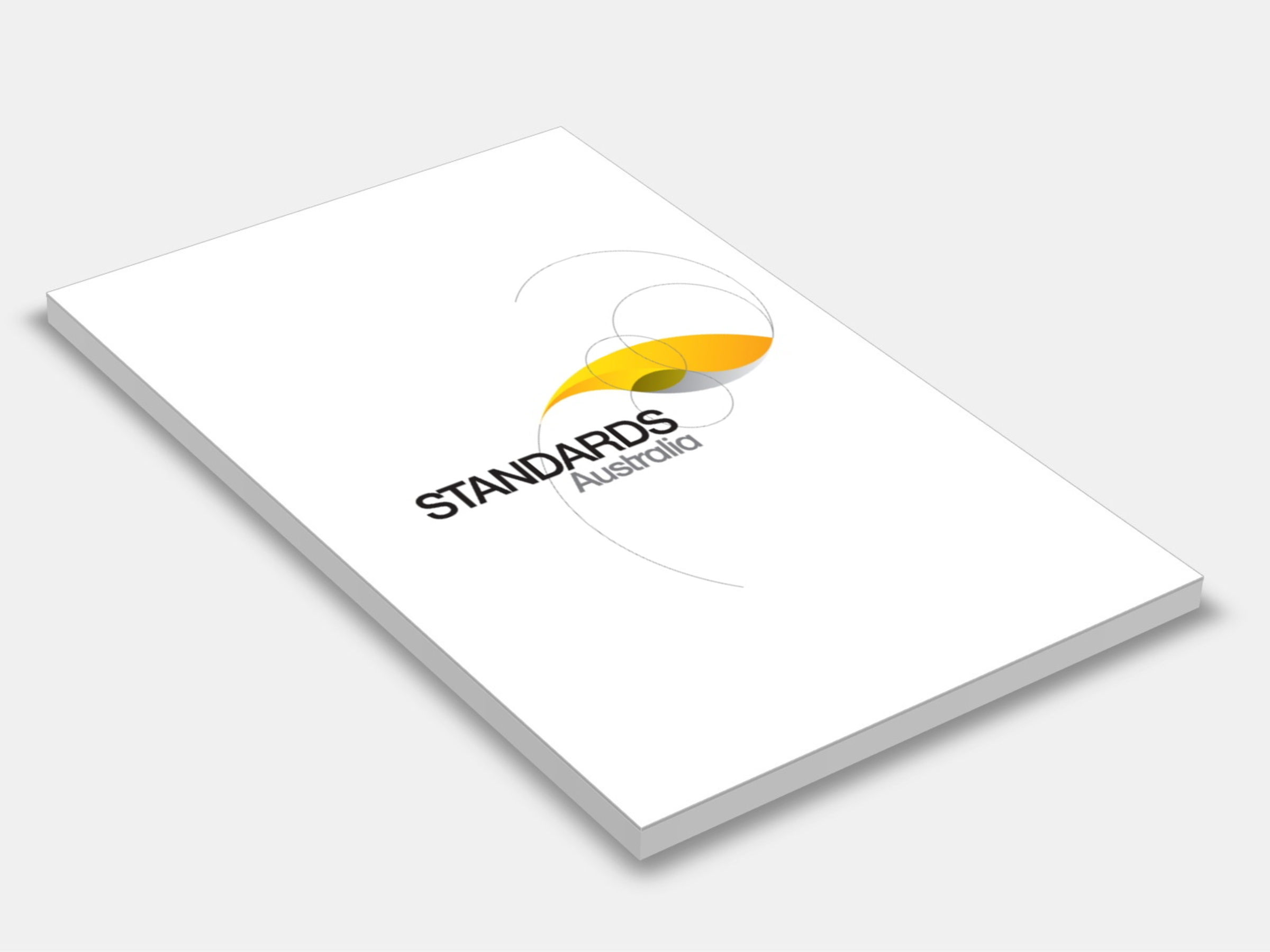
Type
Publisher
Standards Australia/Standards New Zealand
Publisher
Standards Australia/Standards New Zealand
Version:
Third Edition 2023.
(Current)
Short Description
Outlines principles, guidelines and procedures for safe work on or near low-voltage and extra-low voltage electrical installations and equipment; provides a minimum set of procedures, safety requirements and recommendations to manage the hazards associated with electricity, specifically arc blast, arc flash, electric shock, and electrocution.
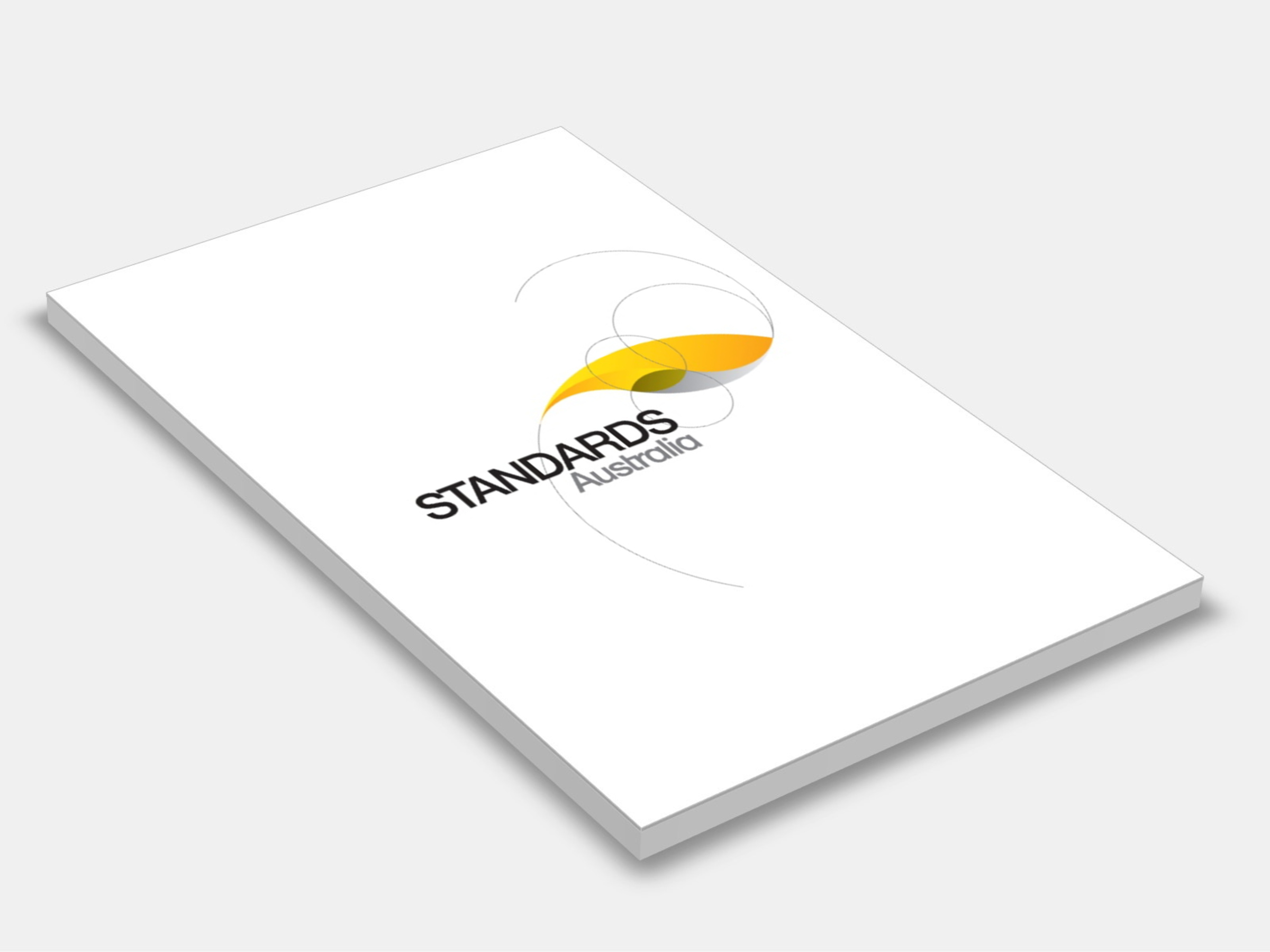
Type
Publisher
Standards Australia/Standards New Zealand
Publisher
Standards Australia/Standards New Zealand
Version:
Second Edition 2019.
(Current)
Short Description
Specify requirements and test methods for mounted spectacle lenses relative to the prescription order.
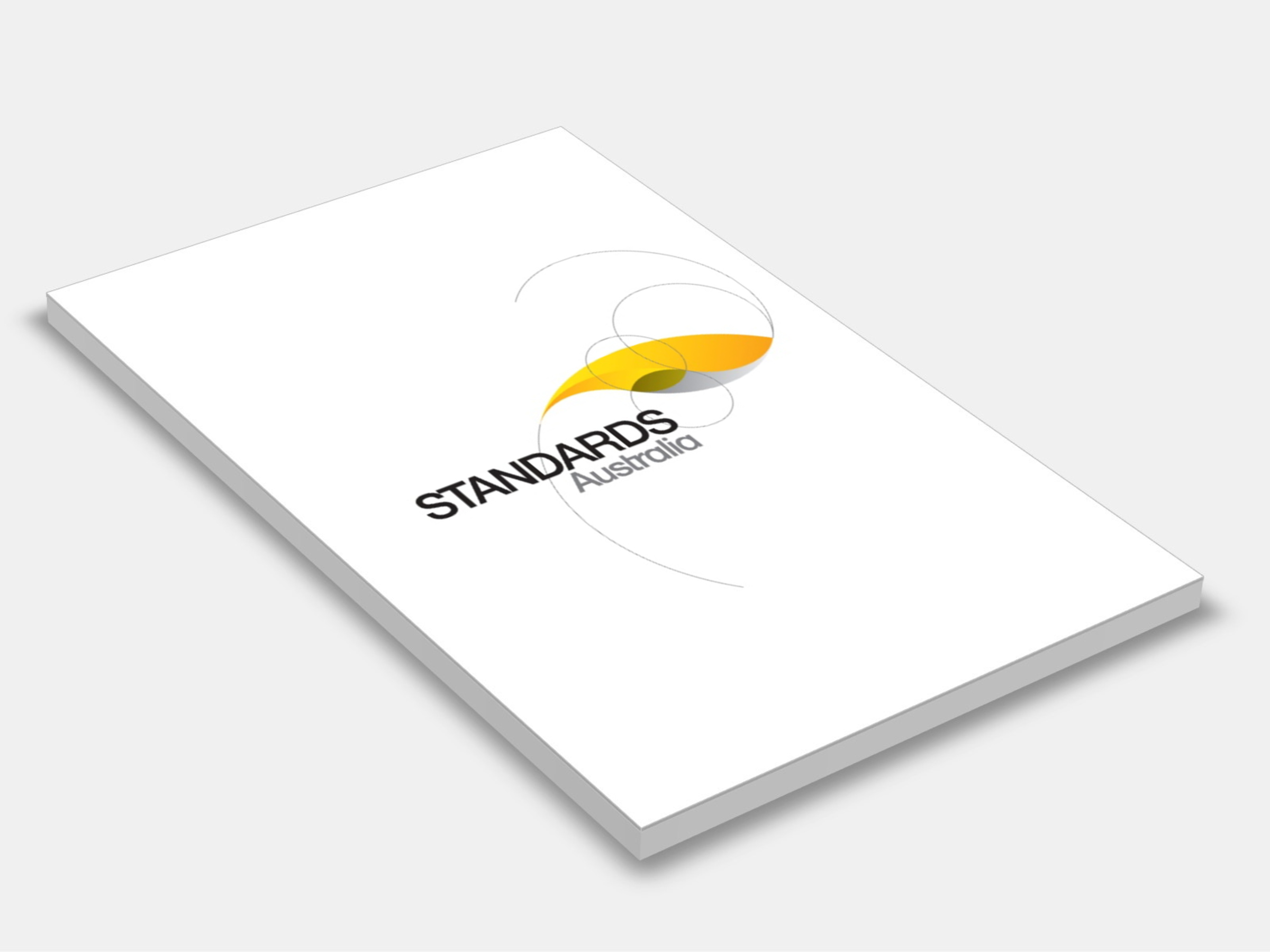
Type
Publisher
Standards Australia
Publisher
Standards Australia
Version:
First Edition 2020.
(Current)
Short Description
The objective of this Standard is to define and explain the principal terms used in the field of personal eye and face protection.
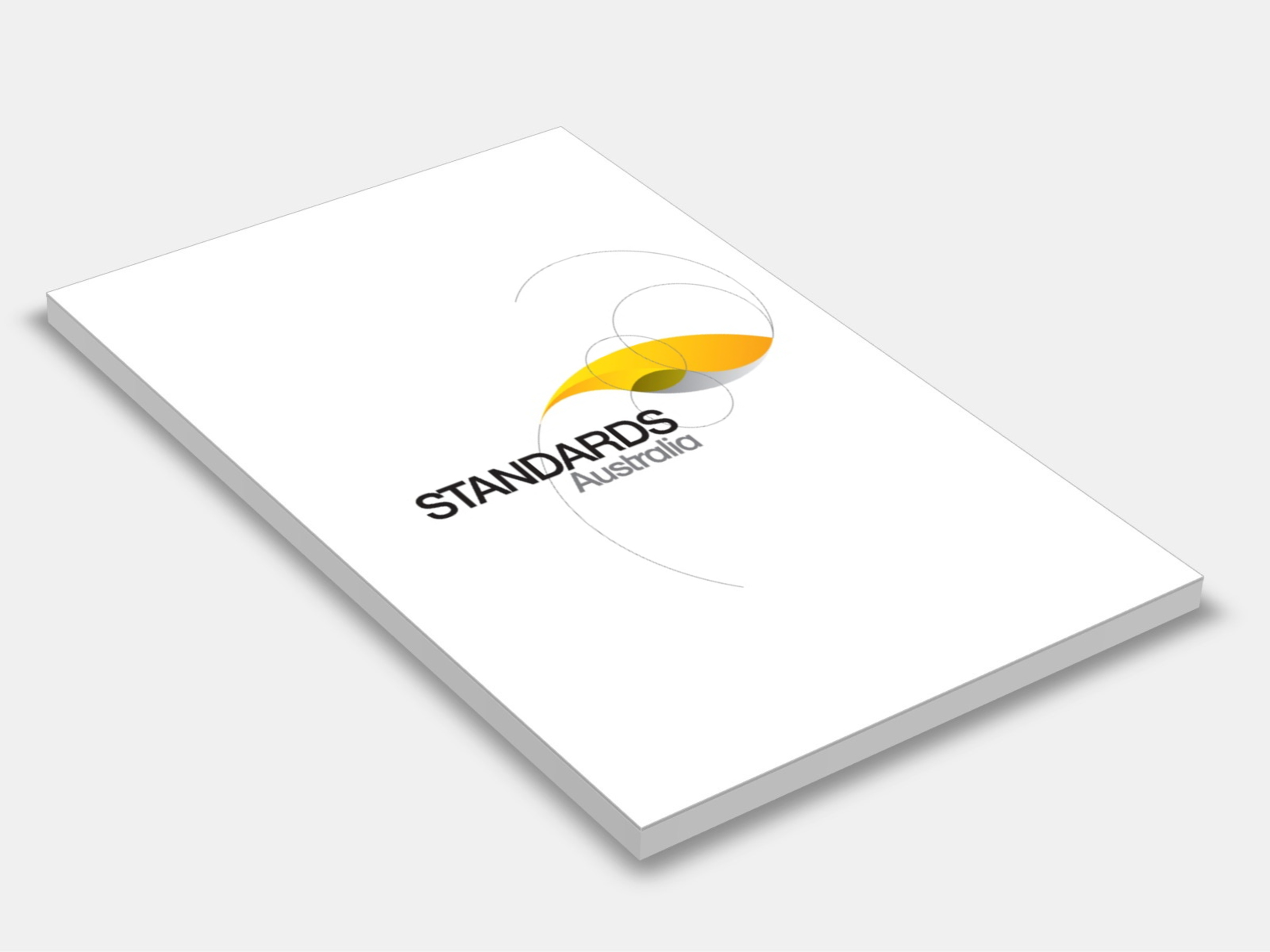
Type
Publisher
Standards Australia/Standards New Zealand
Publisher
Standards Australia/Standards New Zealand
Version:
Second Edition 2015.
(Current)
Short Description
Adopts ISO 8980-3:2013 to specify the requirements for the transmittance properties of uncut finished spectacle lenses.
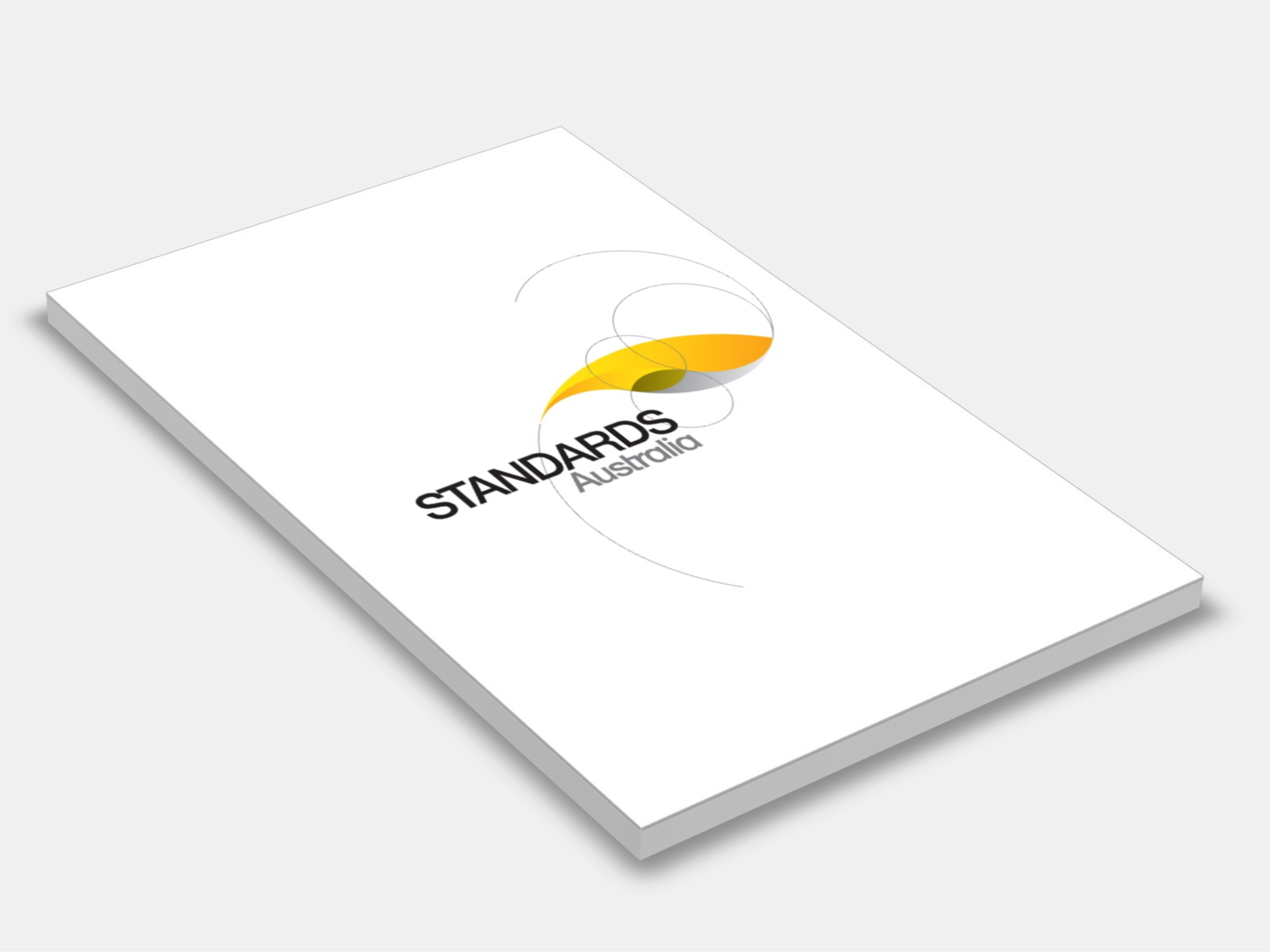
Type
Publisher
Standards Australia/Standards New Zealand
Publisher
Standards Australia/Standards New Zealand
Version:
Second Edition 2014.
(Current)
Short Description
This Standard sets out requirements and recommended practices for the protection of the eyes and faces of persons against hazards such as flying particles, dust, splashing materials and molten metals, harmful gases, vapours and aerosols, solar radiation and high-intensity radiation generated during operations such as welding and furnace work.
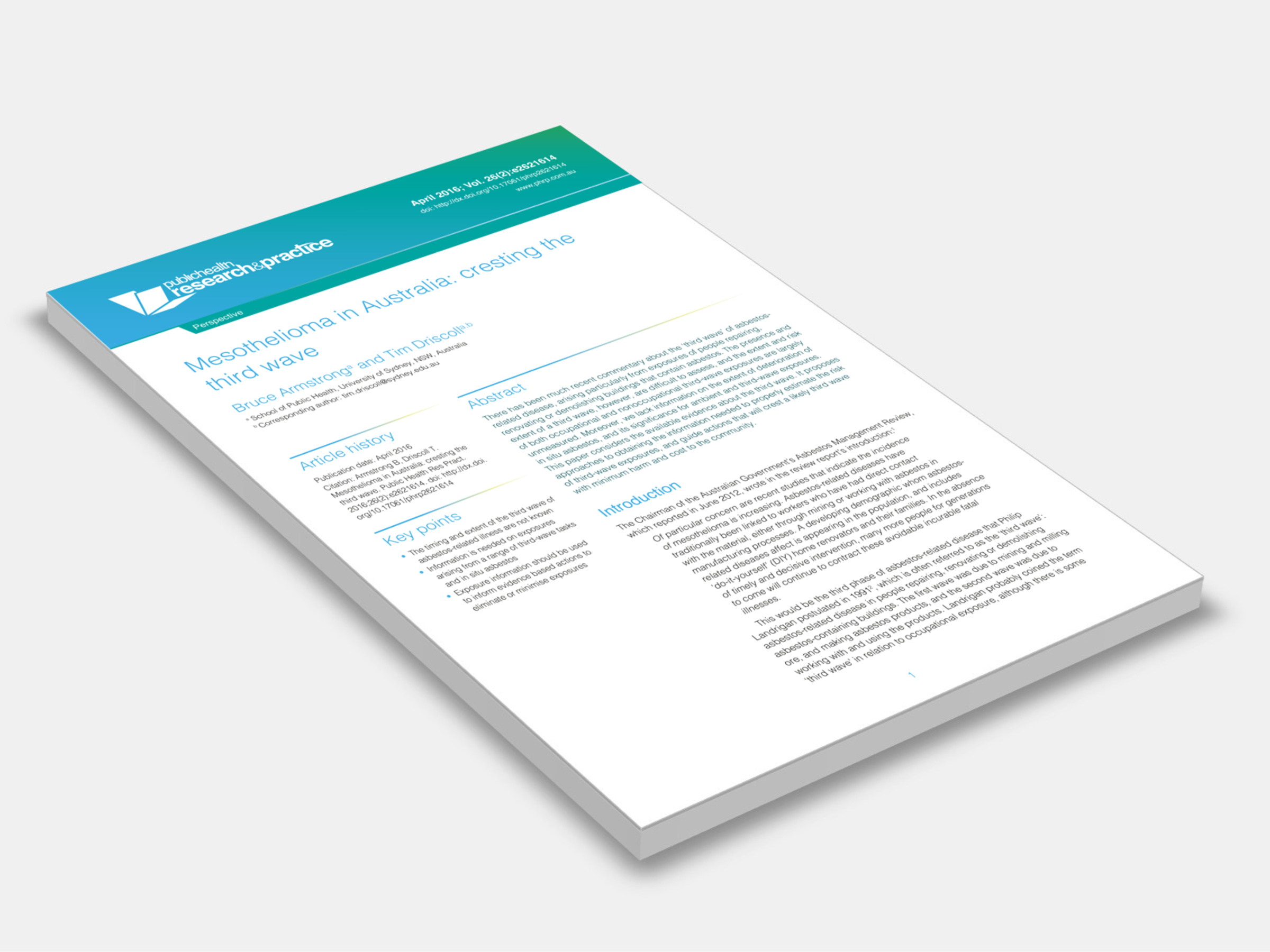
Type
Version:
2016.
(Current)
Short Description
Proposes approaches to obtaining the information needed to properly estimate the risk of third-wave asbestos exposures, and guide actions that will crest a likely third-wave with minimum harm and cost to the community.
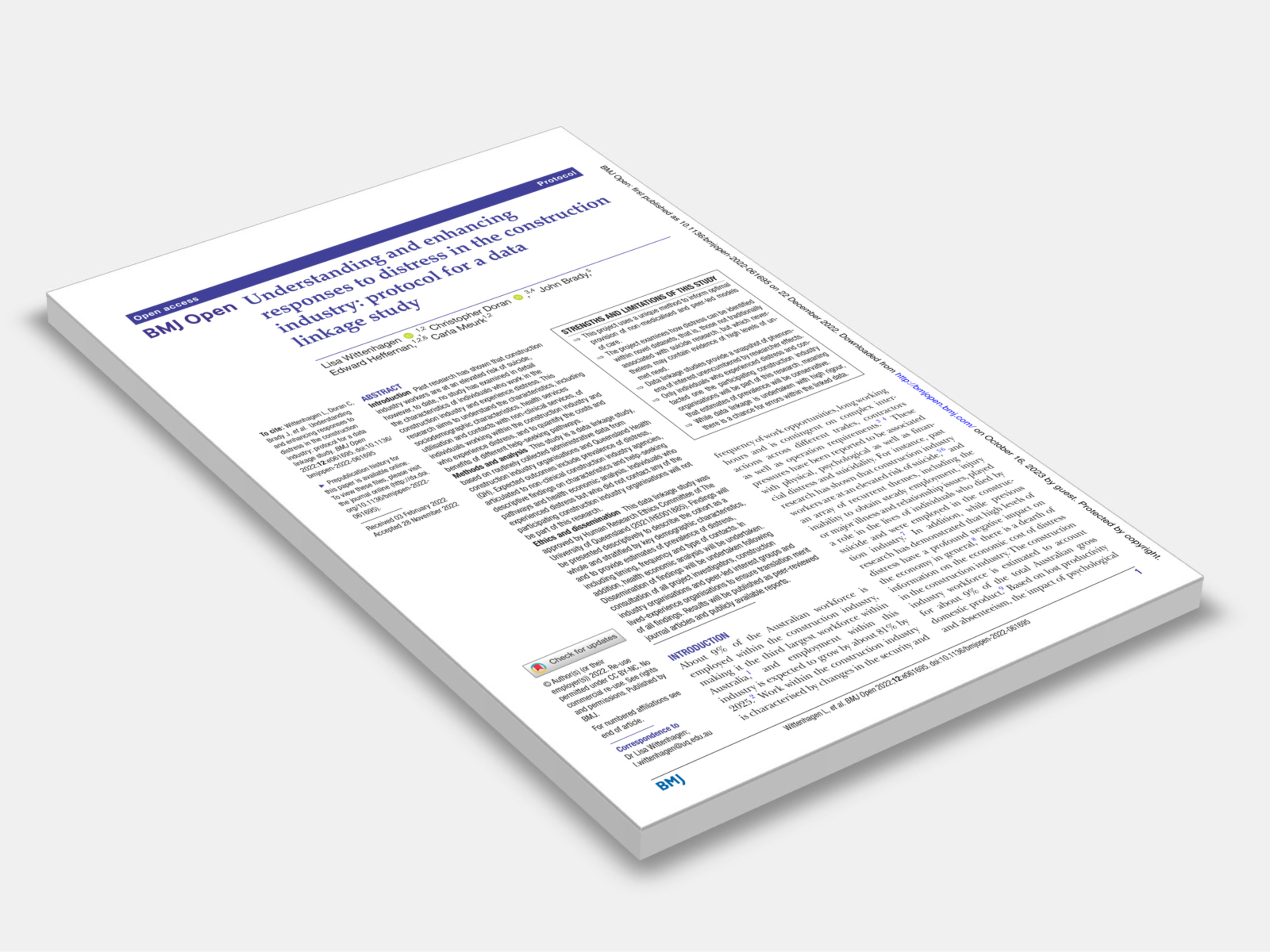
Type
Version:
2022.
(Current)
Short Description
This research aims to understand the characteristics, including sociodemographic characteristics, health services utilisation and contacts with non-clinical services, of individuals working within the construction industry and who experience distress, and to quantify the costs and benefits of different help-seeking pathways.
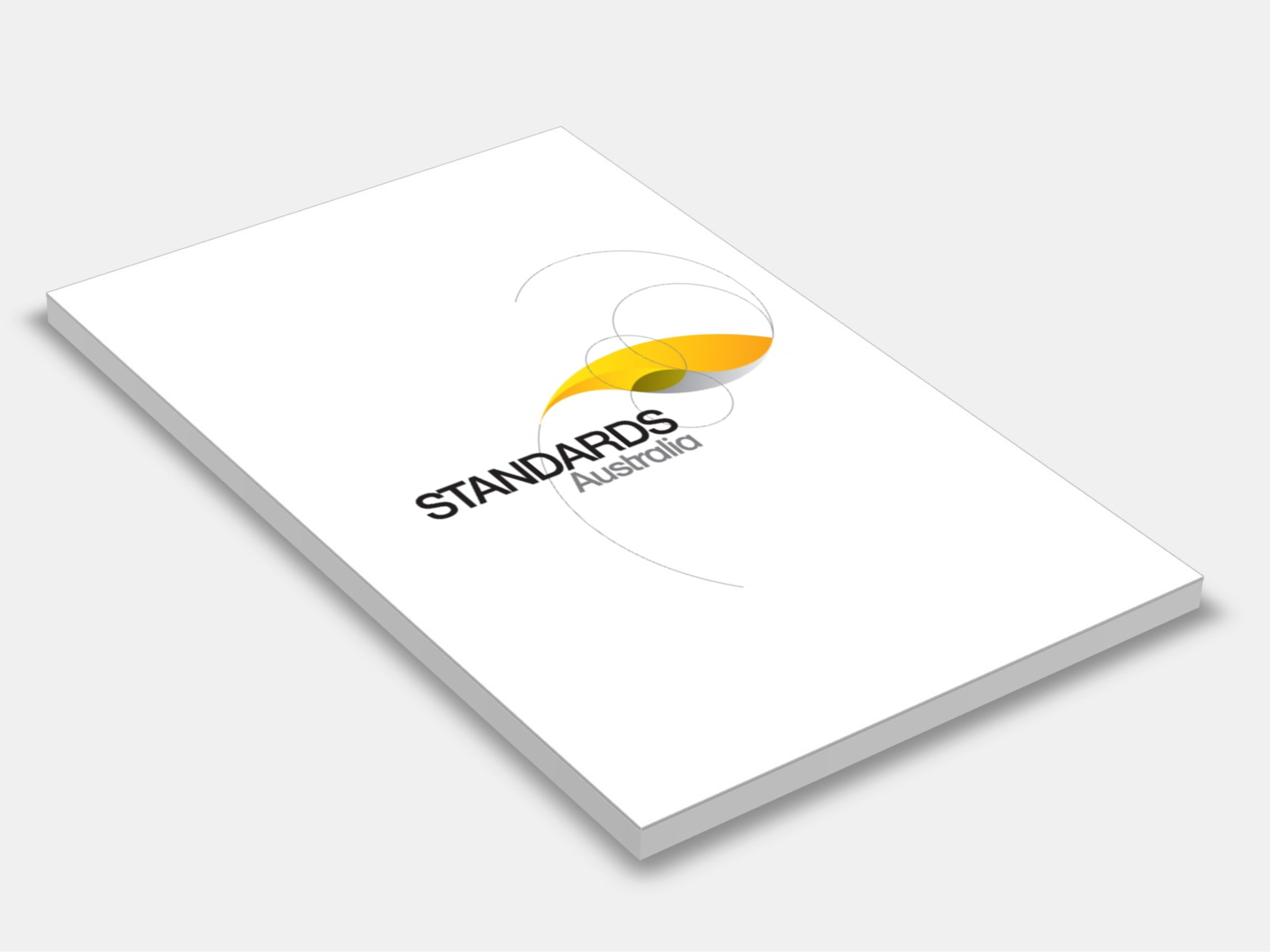
Type
Publisher
Standards Australia/Standards New Zealand
Publisher
Standards Australia/Standards New Zealand
Version:
Second Edition 2014.
(Current)
Short Description
Sets out requirements for electrical installations associated with marinas supplied at low-voltage a.c. supply systems (i.e. exceeding 50 V a.c. but not exceeding 1000 V a.c.
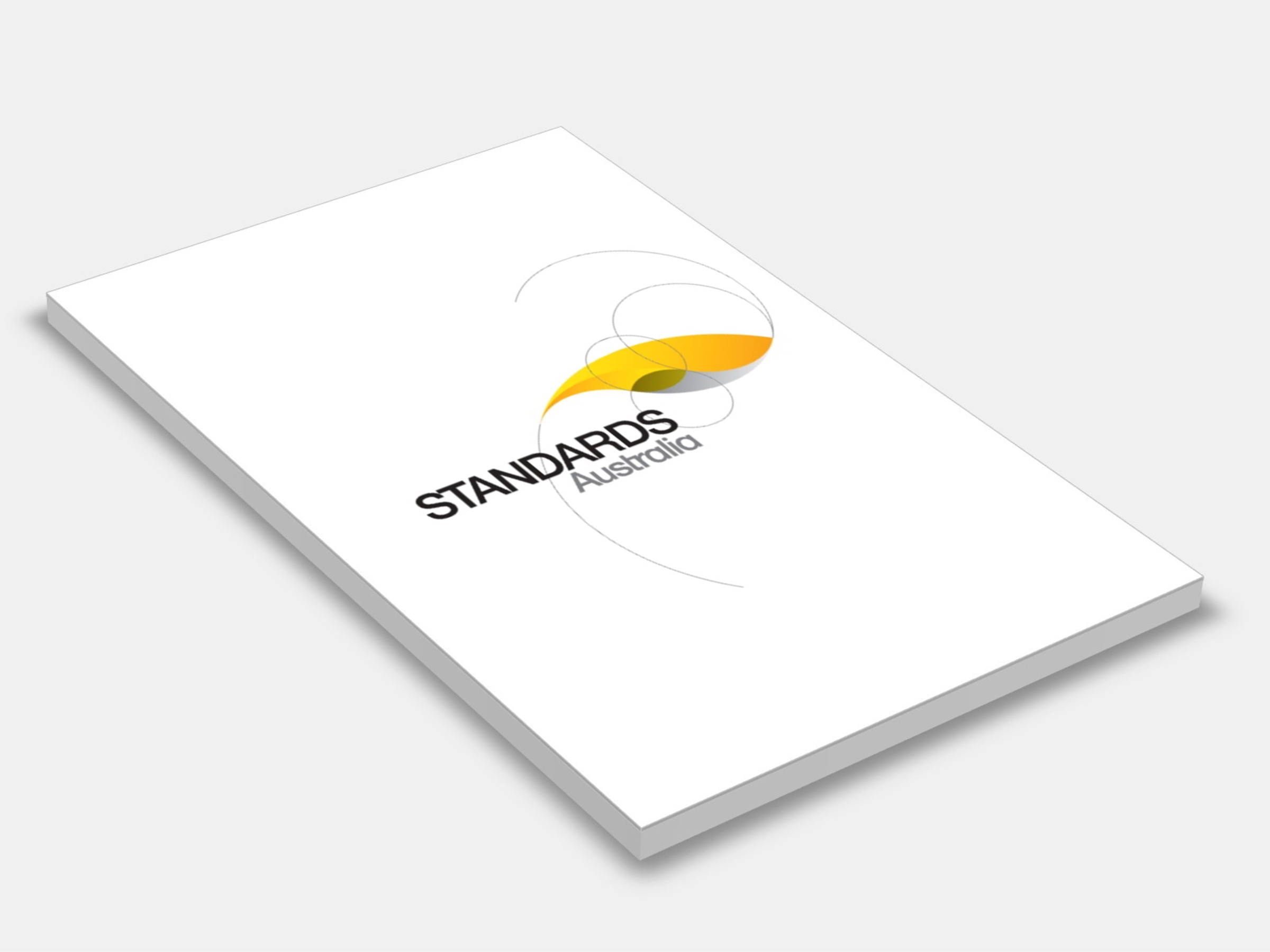
Type
Publisher
Standards Australia/Standards New Zealand
Publisher
Standards Australia/Standards New Zealand
Version:
Sixth Edition 2018.
(Current)
Short Description
Specifies safety requirements for electrical installations in areas where it is intended that low-voltage medical electrical equipment will be used on a patient; it applies to new electrical installations and to alterations, additions and repairs of existing electrical installations.
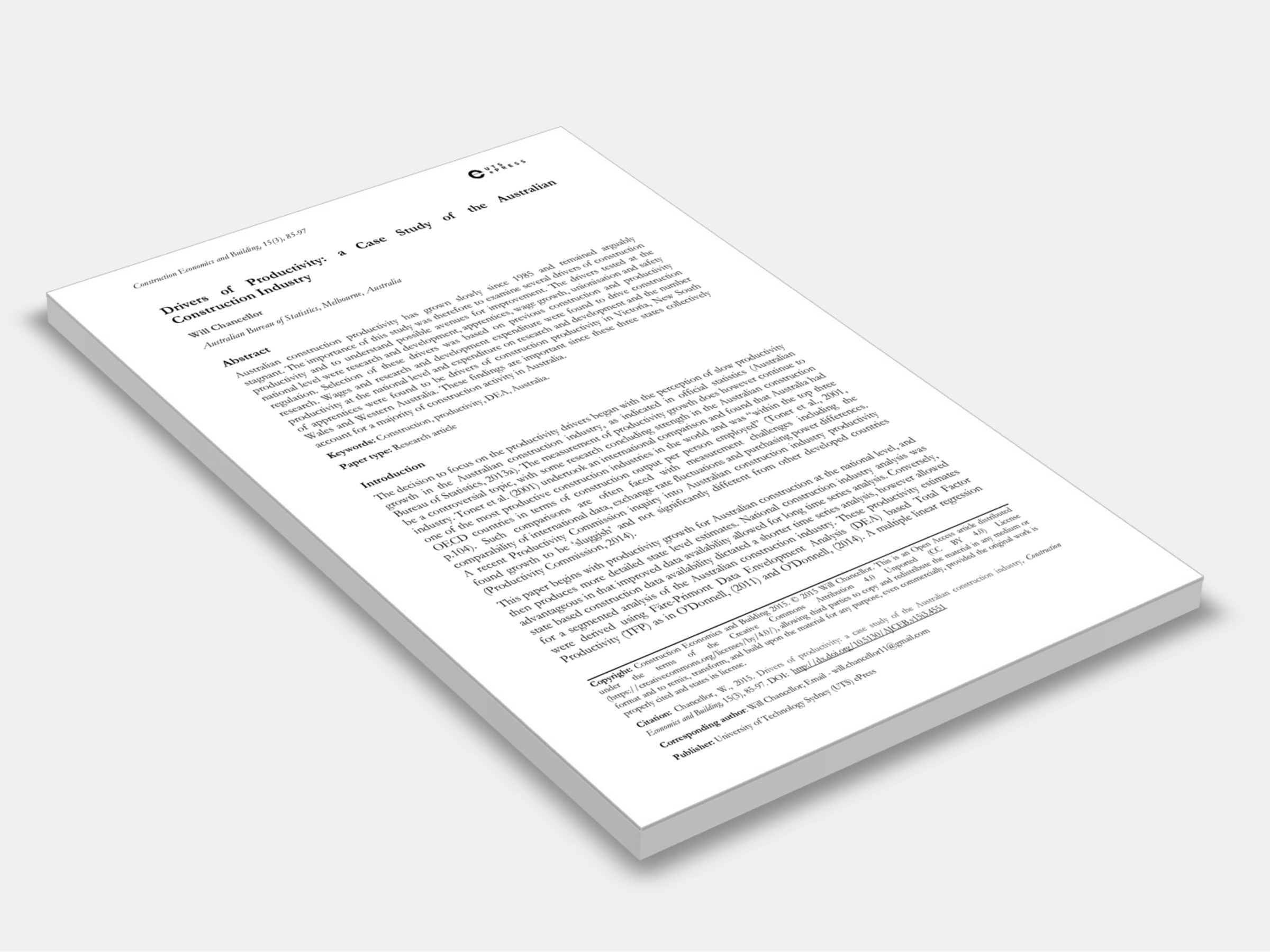
Type
Publisher
Construction Economics and Building
Publisher
Construction Economics and Building
Version:
2015.
(Current)
Short Description
Wages and research and development expenditure were found to drive construction productivity at the national level and expenditure on research and development and the number of apprentices were found to be drivers of construction productivity in Victoria, New South Wales and Western Australia.